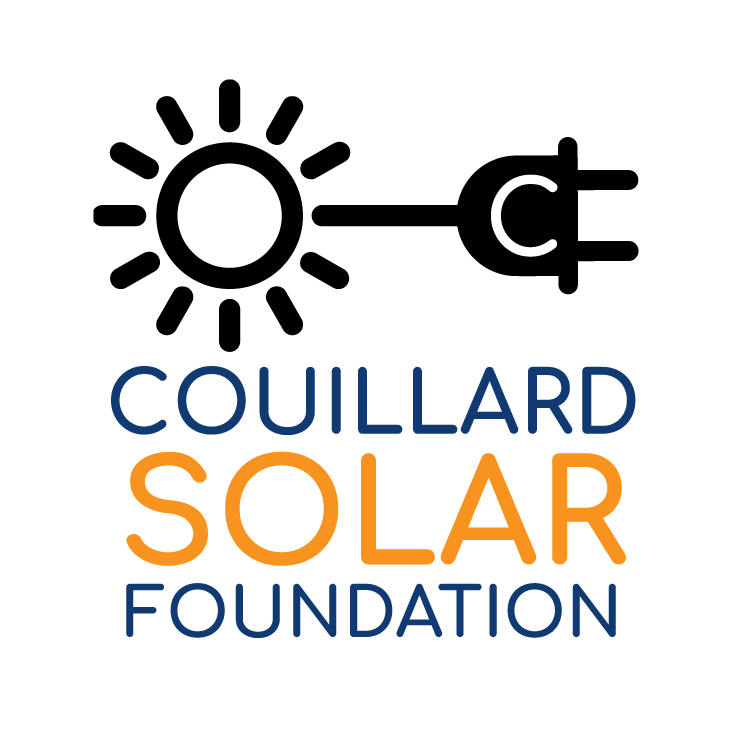Technical Information
Bifacial Solar Panels Product Testing
We get it. Industry claims about the significant output increases for bifacial solar panels can seem too good to be true. That’s why we decided to test it.
Whenever we talk to solar installers about increases of up to 25% in energy output from bifacial modules, they can be skeptical. It’s also hard to find industry test results to support our claims. So Cal Couillard, one of Speed Solar’s owners and bifacial solar panel advocate, decided that we needed unequivocal proof.
Cal devised a series of three test sites that would show, once and for all, that bifacial solar panels actually do produce up to 25% more energy than monofacial panels. Each site compares the same number of bifacial panels to monofacial panels, with everything else the same.
All test data is available on request. And, coming to this page soon, we plan to share real-time performance data for our Deerfield test site.
Speed Solar Bifacial Solar Panel Test Sites

Test Site 1
Location: Reedsburg, WI
- Roof mounted
- 4 Bifacial panels
- Same degree of tilt
- Same material under the array

Test Site 2
Location: Helenville, WI
- Ground mounted
- 8 panels of each type
- Same degree of tilt
- Same material under the array

Test Site 3
Location: Deerfield, WI
- Pole mounted
- 10 panels of each type
- Same degree of tilt
- Same material under the array

Regardless of how much sun we have, the Bifacials outperform the Mono-facials by between 15-20%.
In fact, on some of the days when we had a lot of snow cover the Bifacials outperformed the Mono-facials by 200 to 300% or more because the Mono-facials produced nothing and the Bifacials were still producing.
Deerfield Test Site Real Time Data
To compare at the current solar production for both the Bifacial and the Mono-facial arrays at the Deerfield Test Site, click on the links below. Each will open in a new window.
Albedo – The Power of Reflected Light

The photo of the arrays was taken the same day. The arrays are positioned on grass with a light-colored road nearby.
This photo, taken May 26, 2020, shows the output of our Deerfield test site arrays side by side. The day was slightly overcast about 10 in the morning. The inverter on the left is connected to the bifacial array. The one on the right, the monofacial array.


Albedo is the term for reflected light. When a surface is light or white in color it is reflecting more light than when it’s a dark color.
Bifacial solar panels use albedo to capture more light and convert it to energy. While monofacial panels collect sunlight that’s hitting the top surface directly, bifacial panels are collecting light from all around the panel as it’s reflected to the back surface.
Ground Vs. Roof Mount
Speed Solar’s Philadelphia bifacial solar panels offer exceptional performance in any array configuration, but they are particularly effective for ground mount applications.
Project Gallery
Please visit our Project Gallery to see just some of the projects Speed Solar has supported.
